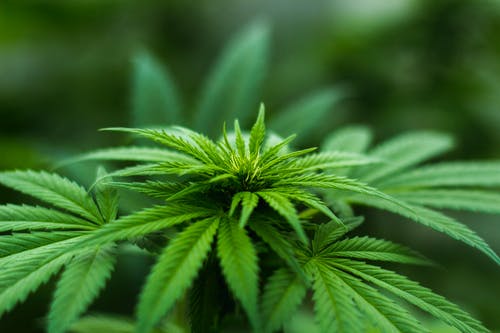You are here
Home 🌿 Recreational Marijuana News 🌿 Cannabis campaign focuses on harm-reduction tools for Inuit 🌿Cannabis campaign focuses on harm-reduction tools for Inuit

Project aims to help Inuit communities better understand cannabis use
A new Inuit-focused campaign is sharing information about cannabis use in an effort to educate users and reduce possible harms.
Launched on Nov. 29, Let’s Talk about Ujarak: A Cannabis Harm Reduction Toolkit is part of a larger project funded by Health Canada that aims to help Inuit youth and families better understand the potential impacts of cannabis use.
The campaign is spearheaded by Pauktuutit Inuit Women of Canada, the national representative organization of Inuit women in the country.
Rebecca Kudloo, president of Pauktuutit, said in an email to Nunatsiaq News the campaign aims to reach Inuit who use cannabis or are interested in trying it so they can do so “in a way that reduces risks and potential harms.”
“There are many reasons why Inuit choose to use cannabis, and harm reduction is about making sure Inuit have the information they need to make safe and informed choices for themselves,” Kudloo said.
The toolkit includes fact sheets, a discussion guide, posters and tools for self-reflection on cannabis use habits. Pauktuutit’s Cannabis Project Advisory Committee, which is made up of Inuit representatives from across Canada, worked with Inuit youth to develop messaging for the campaign, Kudloo said. It’s available in English, Inuktitut and Inuinnaqtun from the campaign’s website.
“Problematic cannabis use is often linked to mental health challenges and trauma, and a harm reduction approach works to acknowledge and address underlying mental health and trauma in order to promote healing,” she said.
Kudloo said the idea of a campaign guided by Inuit values emerged after Pauktuutit looked at reports on cannabis use in Inuit communities and among southern Inuit, but found very little distinction-based and evidence-based cannabis information was available.
“We learned that Inuit cannabis use is common, but awareness of the risks is low,” Kudloo said.
Discussions between Pauktuutit and community members also revealed that public health campaigns often group Inuit all together or target just one region in Inuit Nunangat, instead of including all Inuit and all their diversities.
“There is a wide range of beliefs and attitudes towards cannabis amongst Inuit,” said Kudloo.
To help structure the campaign, Pauktuutit researched knowledge, attitudes and behaviours among Inuit towards cannabis use by conducting interviews with nearly 100 research participants representing each of the Inuit Nunangat regions and southern centres, Kudloo said.
The campaign is expected to run until March 2023, but Kudloo said Pauktuutit hopes to continue helping service providers create tools and resources to educate themselves on how best to serve Inuit, “rather than putting the responsibility on Inuit to continue navigating complex health systems.”
420 Intel is Your Source for Marijuana News
420 Intel Canada is your leading news source for the Canadian cannabis industry. Get the latest updates on Canadian cannabis stocks and developments on how Canada continues to be a major player in the worldwide recreational and medical cannabis industry.
420 Intel Canada is the Canadian Industry news outlet that will keep you updated on how these Canadian developments in recreational and medical marijuana will impact the country and the world. Our commitment is to bring you the most important cannabis news stories from across Canada every day of the week.
Marijuana industry news is a constant endeavor with new developments each day. For marijuana news across the True North, 420 Intel Canada promises to bring you quality, Canadian, cannabis industry news.
You can get 420 Intel news delivered directly to your inbox by signing up for our daily marijuana news, ensuring you’re always kept up to date on the ever-changing cannabis industry. To stay even better informed about marijuana legalization news follow us on Twitter, Facebook and LinkedIn.




